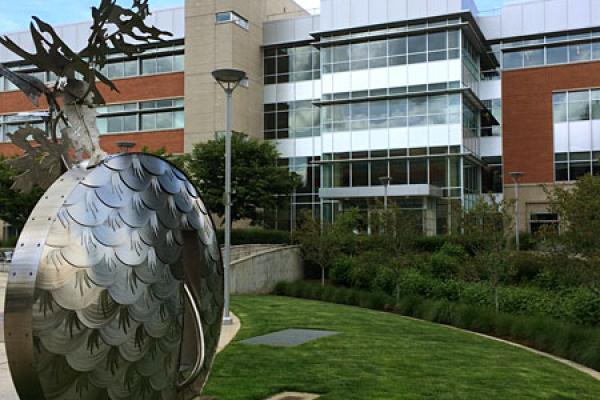Most federal and state funds are channeled through Metro, where the Joint Policy Advisory Committee for Transportation (JPACT), a committee made up of local government representatives, determines which projects will be funded based on regional needs.
The county strategically packages funding for high priority projects from eligible funding sources. Some funding sources have "match" requirements, meaning that funds from that source must be matched with funds from another qualifying source. The rules are subject to change and the amount of funding from each source can fluctuate from year to year. For most funding sources it is the project that qualifies. From most sources, the county does not get funds that it can direct to projects based on county priorities alone.
The following review of funding sources provides basic information, but does not go into the details related to the complexity of conditions placed on funding, annual fluctuations in funding levels or the political strategy needed to obtain funding for a project. The state and cities have their funding, too. Sometimes joint funding can be brought to a project that benefits two or more jurisdictions, or the jurisdictions can support each other's projects when competing for limited resources.
Federal funding sources
The majority of federal funds for transportation comes from the federal gas tax and is distributed by the Federal Highway Administration (FHWA) to qualified projects.
- Community Development Block Grants (CDBG)
These funds can be used to construct a wide range of projects that enhance designated low and moderate-income communities. They can be used for transportation projects in an area where at least 51% of the residents have low or moderate income. Project selection takes place at the Department of Housing and Urban Development (HUD). - Hazard Elimination Program (HEP)
The Oregon Department of Transportation (ODOT) administers this program to encourage engineering improvements that address identified safety needs. Amounts brought to the county vary because projects are funded on a competitive basis. This federally funded program requires each state to identify hazardous locations on all public roads, assign priorities for necessary corrections at these locations, and establish a schedule of improvement projects. - Highway Bridge Rehabilitation and Replacement (HBRR)
This fund is for bridge projects on public roads where the bridge falls below a specific rating standard. Projects are selected every 2 years based on a standard bridge inspection rating. ODOT selects the projects on a competitive basis. Funds are highly variable because they are based on project approval. The county is required to contribute 20% as matching funds on any selected project and uses the road fund for this purpose. - Surface Transportation Program (STP)
Funds can be used for all transportation projects, but the local match is 10%. The urban part of these funds is distributed to projects within the Metro Region, using a competitive process, usually every 2 years. Project awards for the urban part of the county vary widely. The STP funding for the rural part of the county is not competitive by project.
State funding sources
- Road Fund
The sources of this fund are the state gas tax, vehicle registration fees and weight-mile taxes paid by trucks 80,000 pounds or greater. Portions of the state's funds are distributed to counties each year based on the number of vehicle registrations. - Oregon Transportation Investment Act (OTIA)
New state funds approved by the 2001 and 2003 Oregon Legislature for road and bridge improvements. These new funds have been used to improve Sunnyside Road and eight county bridges.
Local funding sources
- Local Improvement District (LID)
If property owners want a capital improvement on their street (anything that exceeds normal maintenance), they have the option of agreeing to form a local improvement district to pay for it. When this is done, it is generally to construct unimproved roadway, reconstruct an existing road surface, add a sidewalk or drainage improvement, or install traffic calming devices, most commonly speed bumps. Landowners within a specific geographic area pay for the cost. Local improvement districts are not shown as a revenue source, because they are "revenue neutral" to the county, and they are seldom on roads of a collector or arterial classification. Because we cannot anticipate where these requests will come from, they are not scheduled in the CIP. - Transportation System Development Charge (TSDC)
New developments are charged for transportation improvements attributable to growth through the transportation system development charge program (TSDC). The funds from TSDC fees can be used only for capital improvements that add capacity on roads that are needed to support new development. The charge is levied based on the number of trips forecasted to be generated by the development. The amount collected each year depends upon the number of building permits issued. - Tax Increment Financing (TIF)
Eligible projects must be capital projects within an urban renewal district, and be included in the adopted urban renewal plan and the Capital Improvement Program (CIP). Clackamas County has one active urban renewal district -- the North Clackamas Revitalization Area (NCRA) -- and transportation projects are just one type of capital improvement project that can be funded. Other examples of eligible capital improvements are water supply, fire protection and storm drainage. The amount of revenue is variable and the transportation projects compete against other capital construction needs.
 Translate
Translate






